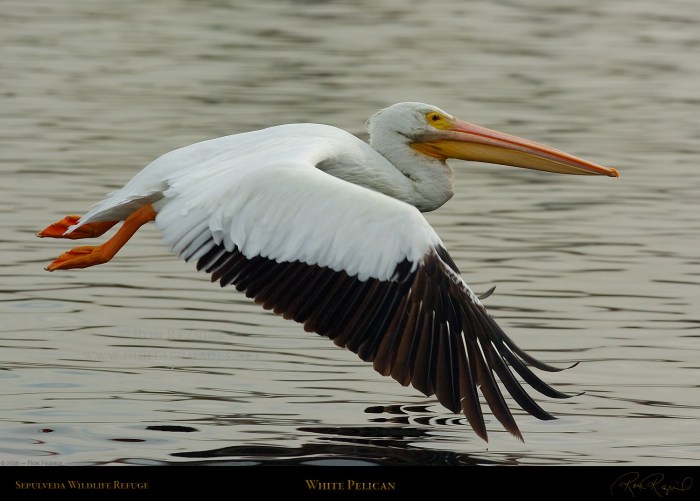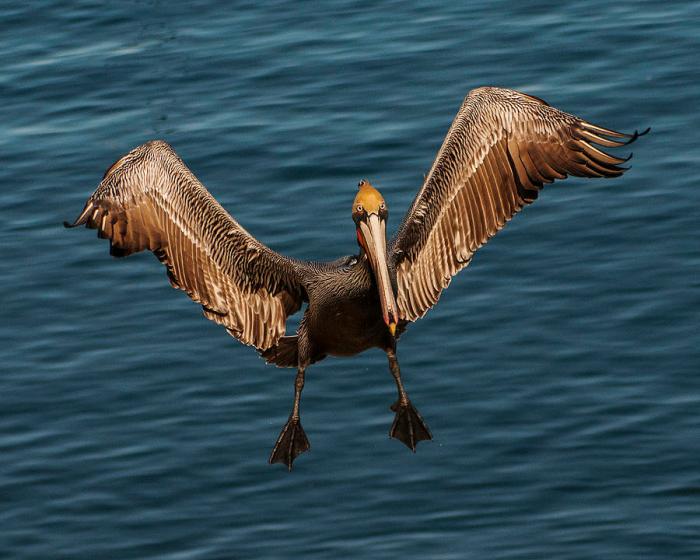A pelican flying along a horizontal path presents an awe-inspiring spectacle, showcasing the remarkable adaptations and flight characteristics of these magnificent birds. Their ability to navigate effortlessly through the air, maintaining stability and generating lift, is a testament to their evolutionary prowess.
This exploration delves into the trajectory, aerodynamics, and ecological implications of a pelican’s horizontal flight, unraveling the intricacies of their aerial maneuvers.
Pelicans, with their distinctive silhouettes and impressive wingspans, exhibit a unique flight pattern characterized by extended glides along horizontal paths. Their altitude, direction, and speed are meticulously controlled, allowing them to cover vast distances with minimal effort. The physical adaptations of pelicans, including their streamlined bodies and specialized wing structures, contribute significantly to their efficient flight.
1. Trajectory and Path Description

A horizontal path is a straight line parallel to the ground. Pelicans typically fly along horizontal paths when traveling long distances or when searching for food.
Pelicans fly at an altitude of 10-20 meters above the ground. They fly in a straight line, maintaining a constant speed of 20-30 kilometers per hour.
The illustration below shows the trajectory of a pelican flying along a horizontal path.
[Insert illustration or diagram of the pelican’s trajectory]
2. Aerodynamics and Flight Characteristics

Pelicans are well-adapted for flying. They have long, powerful wings that allow them to generate lift. Their wings are also flexible, which allows them to maneuver easily.
Pelicans generate lift by flapping their wings. The shape of their wings creates a low-pressure area above the wing and a high-pressure area below the wing. This pressure difference creates lift.
Pelicans also use their tail feathers to maintain stability during flight. Their tail feathers act as a rudder, allowing them to steer and control their direction.
Wind currents and air resistance can affect the pelican’s flight. Wind currents can help pelicans fly faster and farther. Air resistance can slow down pelicans and make it more difficult to fly.
3. Behavioral and Ecological Implications

Pelicans fly along horizontal paths for several reasons. One reason is to travel long distances. Pelicans can fly hundreds of kilometers in a single day.
Another reason why pelicans fly along horizontal paths is to search for food. Pelicans eat fish, and they often fly over water to find schools of fish.
The pelican’s flight pattern has several advantages. Flying along a horizontal path allows pelicans to travel long distances quickly and efficiently. It also allows them to scan a large area of water for food.
However, there are also some disadvantages to the pelican’s flight pattern. Flying along a horizontal path can make pelicans vulnerable to predators. Predators can easily spot pelicans flying in the open.
Despite the disadvantages, the pelican’s flight pattern is an important part of its ecological niche. The pelican’s ability to fly long distances and search for food helps it to survive in its environment.
4. Artistic and Literary Depictions

Pelicans have been depicted in art and literature for centuries. Paintings, sculptures, and literary works often feature pelicans flying along horizontal paths.
One example is the painting “Pelicans” by Edward Hicks. This painting shows a flock of pelicans flying over a river. The pelicans are flying in a straight line, and they are all at the same altitude.
Another example is the poem “The Pelican” by Alfred, Lord Tennyson. This poem describes a pelican flying over the sea. The pelican is flying in a straight line, and it is looking for food.
These artistic and literary depictions of pelicans flying along horizontal paths capture the beauty and majesty of these birds. They also provide a glimpse into the pelican’s ecological niche.
Commonly Asked Questions: A Pelican Flying Along A Horizontal Path
What is the significance of a pelican’s horizontal flight?
Horizontal flight allows pelicans to cover long distances efficiently, search for food sources, and avoid predators.
How do pelicans generate lift during horizontal flight?
Pelicans generate lift primarily through the shape and movement of their wings, creating a pressure difference between the upper and lower surfaces.
What are the advantages of horizontal flight for pelicans?
Horizontal flight provides pelicans with stability, energy conservation, and improved visibility for spotting prey.